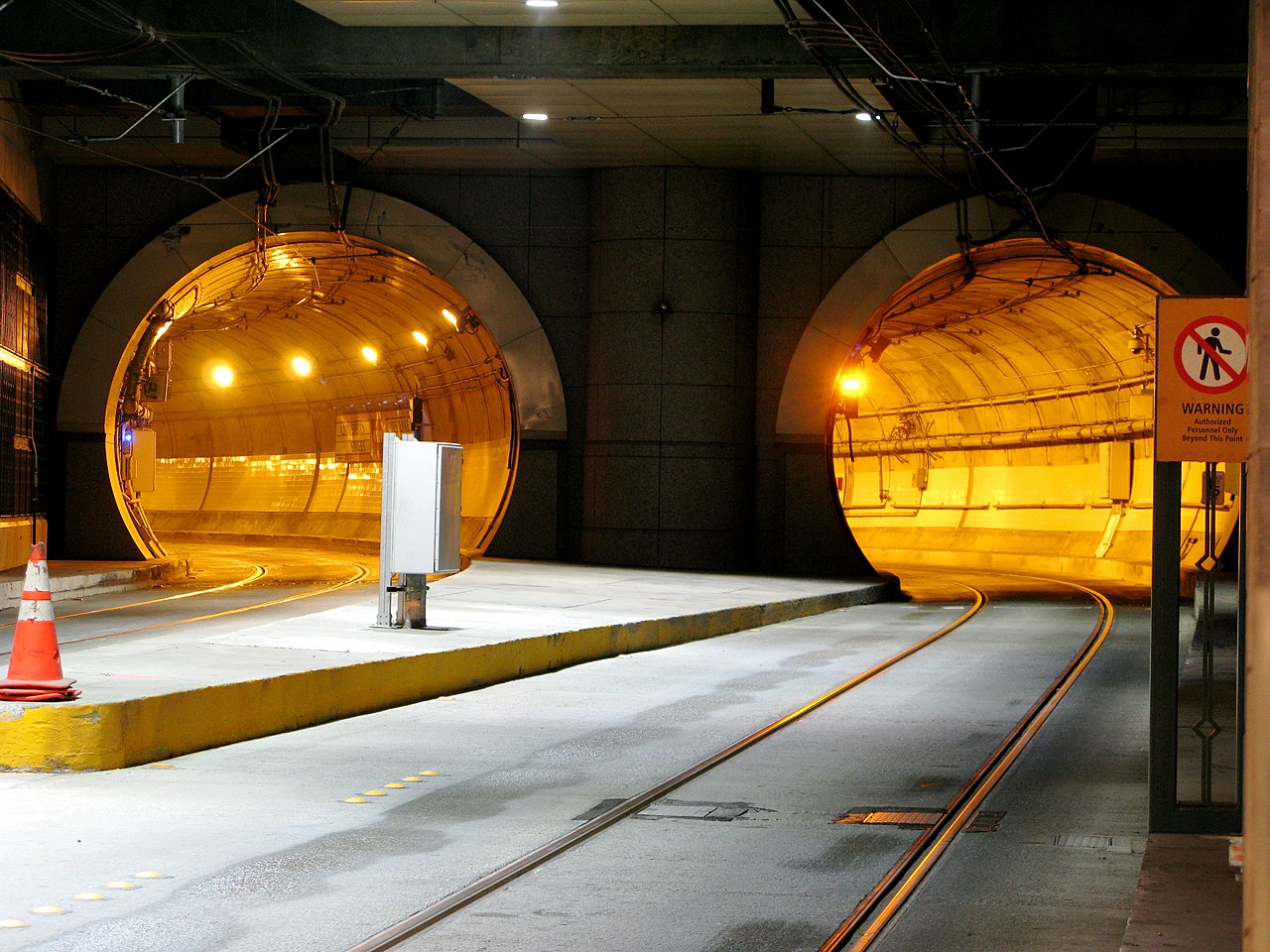Dear Julie,
I wish you good fortune in reenergizing Sound Transit as you take on the CEO position. Much of the Puget Sound’s regional mobility depends on ST’s success!
When voters approved Sound Transit’s ST3 plan in 2016, they expected ST to make good use of billions of their tax dollars, and deliver sustainable and equitable transit mobility across the region over the next few decades. Much of the ST3 plan was not fully developed, so voters had to trust Sound Transit to flesh out the details. During the pandemic, we learned that transit dependent populations have the greatest needs for reliable transit, smaller numbers of workers will be returning to downtown offices, and the original plans did not consider equity. As the designs for new lines have become more detailed, cost estimates have ballooned, schedules have been delayed, and serious new challenges identified. They include how to:
- make sure construction doesn’t destroy the communities Sound Transit wants to serve?
- build another major tunnel through downtown Seattle, when three tunnels already exist?
- make it convenient for riders to reach and transfer from other rail and bus lines?
- cross major water ways while meeting the needs of the Port, the Coast Guard, the tribe and environmental laws?
- serve dense neighborhoods, such as those around historic Ballard and West Seattle Junction?
- prepare for branches at key points in the network to allow for future growth?
- avoid generating three million tons of carbon (the equivalent of 7.5 billion gas-vehicle miles) for WSBLE at a time the region has committed to reduce carbon emissions to counter climate change?
The ST3 measure gave the Sound Transit Board broad mandate to adjust the original plan when financial, feasibility and construction challenges arise. Will you and the Board adjust the plan and develop new options to meet those challenges and increase transit ridership?
Thus far, Sound Transit has primarily focused on constructing the Tacoma-Everett-Redmond spine. As ST matures, though, priorities may need to change. Now that ridership is increasing, operational excellence and serving riders is increasingly important to be able to continue ridership growth.
If driver recruitment becomes challenging, should ST invest in automated trains and cable transit? Sound Transit’s mode selection process had been focused on the Tacoma-Everett spine. A desirable regional transit mode won’t always meet the needs of shorter urban connections like West Seattle or Ballard, where it becomes challenging to find space for large light rail stations and guideways. The ensuing cost overruns and subpar alignments are unnecessary when other modes provide far smaller footprint, better turn radii and allow for steeper gradients. Could exploring other modes also help reduce the construction related carbon emissions, minimize impact to local businesses, and loss of existing housing?
The UW Station to Capitol Hill segment is currently the busiest in ST’s light rail network, not the downtown segment. The Rainier Valley segment is almost at capacity as it runs at grade and must share intersections with road traffic. So why is a second downtown tunnel (DSTT2) a priority? Many European cities with a single downtown tunnel have upgraded their signaling to accommodate higher train frequency. Could Sound Transit do the same and use the savings to connect Ballard sooner, and allow the C.I.D. residents and businesses to recover from streetcar construction and the pandemic?
Presently, ST plans to spend $3 – $4 billion dollars to serve affluent parts of West Seattle. Could ST instead build a Duwamish bypass to increase spine capacity and grow ridership towards Seatac/Kent/Tacoma? Then ST could use urban gondola lines and buses to serve both the affluent parts of West Seattle, and the more diverse neighborhoods further South.
Many people have contributed ideas and critiques to the Seattle Transit Blog for addressing the above questions. It may be useful to review them for background knowledge on challenges ST faces going forward.
Martin Pagel
Seattle resident, STB reader, and transit advocate










